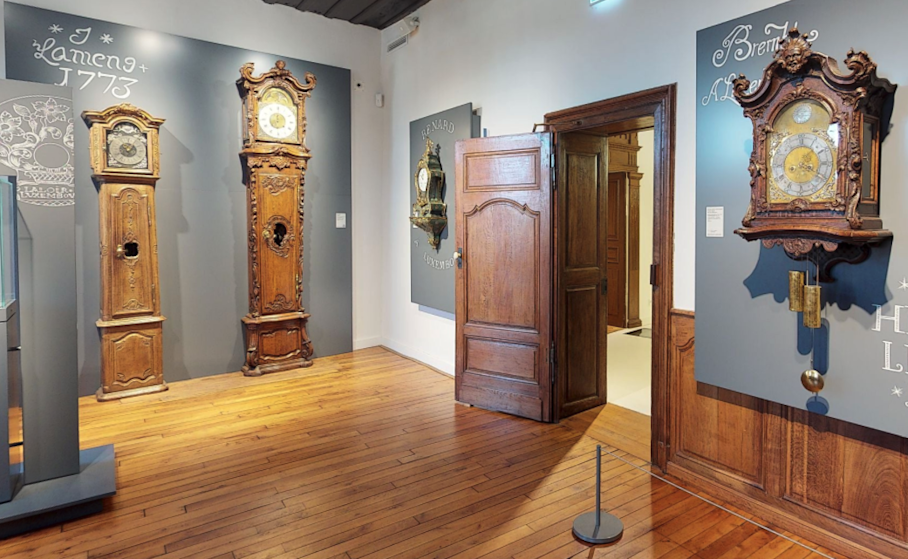Day at the Museum
Visit the captivating Luxembourg National Museum of History and Art safely from home with a 3D virtual tour you won’t soon forget.
If you can’t visit a museum, let the museum visit you.
That’s precisely what Luc Schengen, Founder and CEO of in-visible, provides for cultural aficionados worldwide via an immersive, eye-popping 3D virtual tour of the Luxembourgish National Museum of History and Art (MNHA).
As the first 3D tour for a Luxembourg museum in 2017, Schengen’s team practically brings the building’s artifacts, collections, and historical exhibits to life to the delight and wonder of its virtual patrons.
Schengen recently sat down with Matterport to chat about the inspirations behind his latest 3D capture of MNHA and the beautiful surprises awaiting visitors inside the museum’s doors.
Q: What inspired the 3D capture of MNHA?
In-visible approached the Luxembourgish National Museum of History and Art as they were searching for new ways to attract visitors and to show the diversity of their museum.
This was the first museum with virtual 3D tour in Luxembourg (2017) and clearly pre-coronavirus pandemic. Today the value of such a Matterport tour has been proven again and again.
Q: What are the “must-sees” you want visitors to explore and why?
The highlights of the Museum are probably first of all its architecture, which can be divided in three parts: the main building, the part under the square, and the section in the historic buildings.

The unique technique of the dollhouse shows the impressive layout of the museum. Also this museum has such a large variety in colors and moods, that any section has a different experience (Coin Cabinet, Old Masters, etc.)

Q: What’s the one thing you want visitors to take away after exploring the exhibits?
A Museum might sound frightening or boring, but once you are inside, you discover a world of its own, and maybe things you would not have expected.
Q: The museum is massive and contains an abundance of detailed exhibits. Was it difficult to capture the building and its educational interactive displays?
This is one of the first big scans we ever did, certainly the biggest at that time. But if you have 30+ years of experience in camera work (film and video), you know what you are doing. This scan is certainly not perfect and is a compromise about experience, coverage, and consistency. These are about 800 scans for 85,000 square feet, which is already challenging for a viewer’s device. Back then, we could not take the risk to have a bad viewer experience, so this model was processed in one chunk, no stitching by support, all worked out on the first render. Of course, the visit would be more detailed with 1,500 scans or more, but this tour was designed as a teaser to attract visitors in person.
Q: What have been the reactions so far of viewers who have experienced the museum?
The reactions are always, and I mean it, a big “wow”. This is not only because of my work, or because of pure technology. It's always a combination of form and content. A historic building always looks good if shown nicely.
You have to impress your audience, and I cannot think of any other technology than Matterport that does it in such a timely and cost-effective way. And by cost-effective, I mean it for both sides -- the customer and me.
